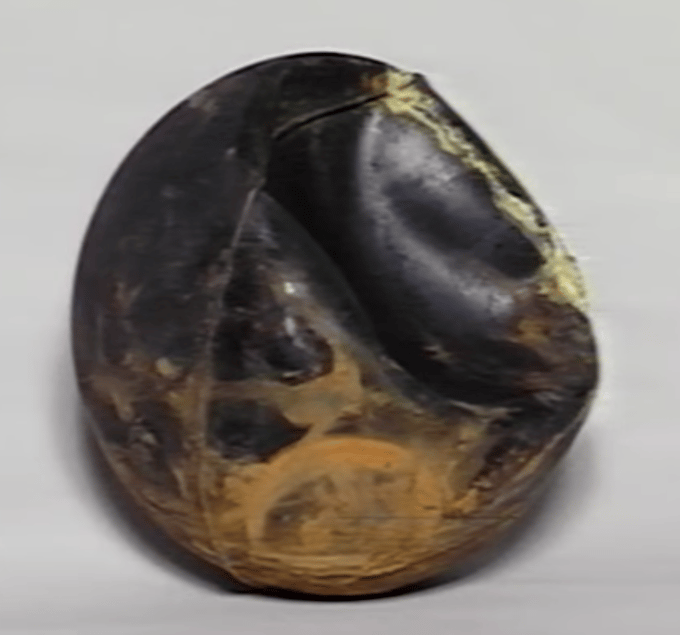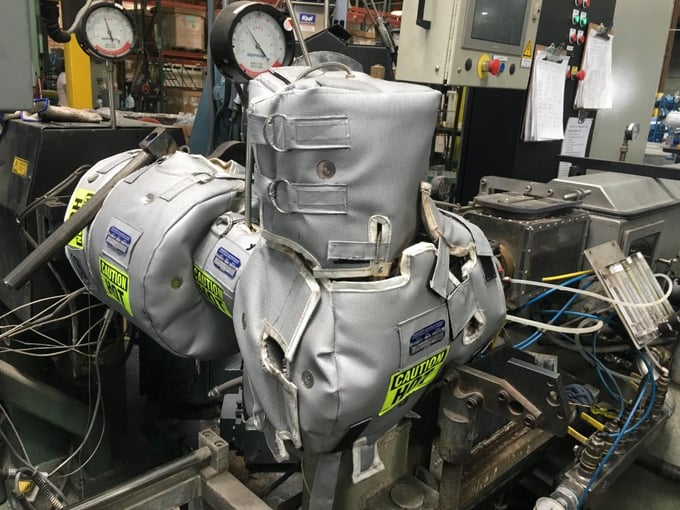Air Vents-Simple but Critical

Why Air Vents are Essential
In open plumbing systems, such as those that include typical faucets, built-up air gets released when the water is run. Sometimes, this is very noticeable, and the faucet will "belch" when it is first opened or shortly thereafter. However, closed systems do not have the benefit of this frequent air release.
Closed systems, such as steam heating or hydronic systems, need air vents to allow gas to be released without having to manually "bleed" the system. Without them, air builds up at the top of radiators and other collection points, and the steam or hot water can no longer flow into that space. Then, the efficiency of the system is reduced.
If a boiler is affected, a lack of venting can result in problems that are even more severe. Pump cavitation, boiling, and overheating can result. In some cases, overheated boilers can actually explode.
What Types of Systems Need Air Vents?
We suggest installing air vents in the following systems:
- Water service lines
- Hydronic heating systems
- Gas lines
- Heat exchangers
- Centrifugal pumps
- Vulcanizers
- Retorts
- Kettles
- Water storage tanks
- High-volume pipes and hoses
- And many more
All of these can be negatively affected by accumulated air and other gases.
How Do Air Vents Work?
There are multiple types of air vents, and which one you choose depends partially on the type of system it is meant to work with.
Float valves are installed vertically. They typically include a part that is, under normal circumstances, filled with water. The water lifts a small float, which seals off its opening. If air accumulates in the valve, the float drops from its position, and this allows the air to escape. A lever is usually used to allow the float to apply more sealing pressure when it is in the closed position.
Radiator valves are made to work on individual radiators. They use a system of cellulose fiber disks that expand when wet and shrink when dry. This allows them to be installed in any orientation.
Venturi valves are controlled by the varying viscosity of liquids and gases. They are used in high-volume applications, such as fire hoses, where large amounts of gas need to be quickly vented. A spring-loaded, conical plug valve stays closed as long as there is a high volume of fluid pushing against it. Air is not strong enough to keep the valve shut, so when a pocket of gas comes along, the venturi valve opens and releases it.
The Advantages of Air Vents
Air vents maintain the efficiency of your hydronic systems, prevent overheating of boiler-driven systems, and keep water flowing through hoses and pipes. These vents are quite inexpensive, yet can save thousands of dollars in fuel costs, repairs and lost productivity. In some applications, they can even prevent disastrous overpressurization.
As you can see, air vents are essential components of steam, hydronic and other water-based systems. Without them, inefficiency and premature failure of the system are likely. View our selection of air vents to find one that works for your system. Our variety of solid, name-brand solutions will surely meet your needs.






